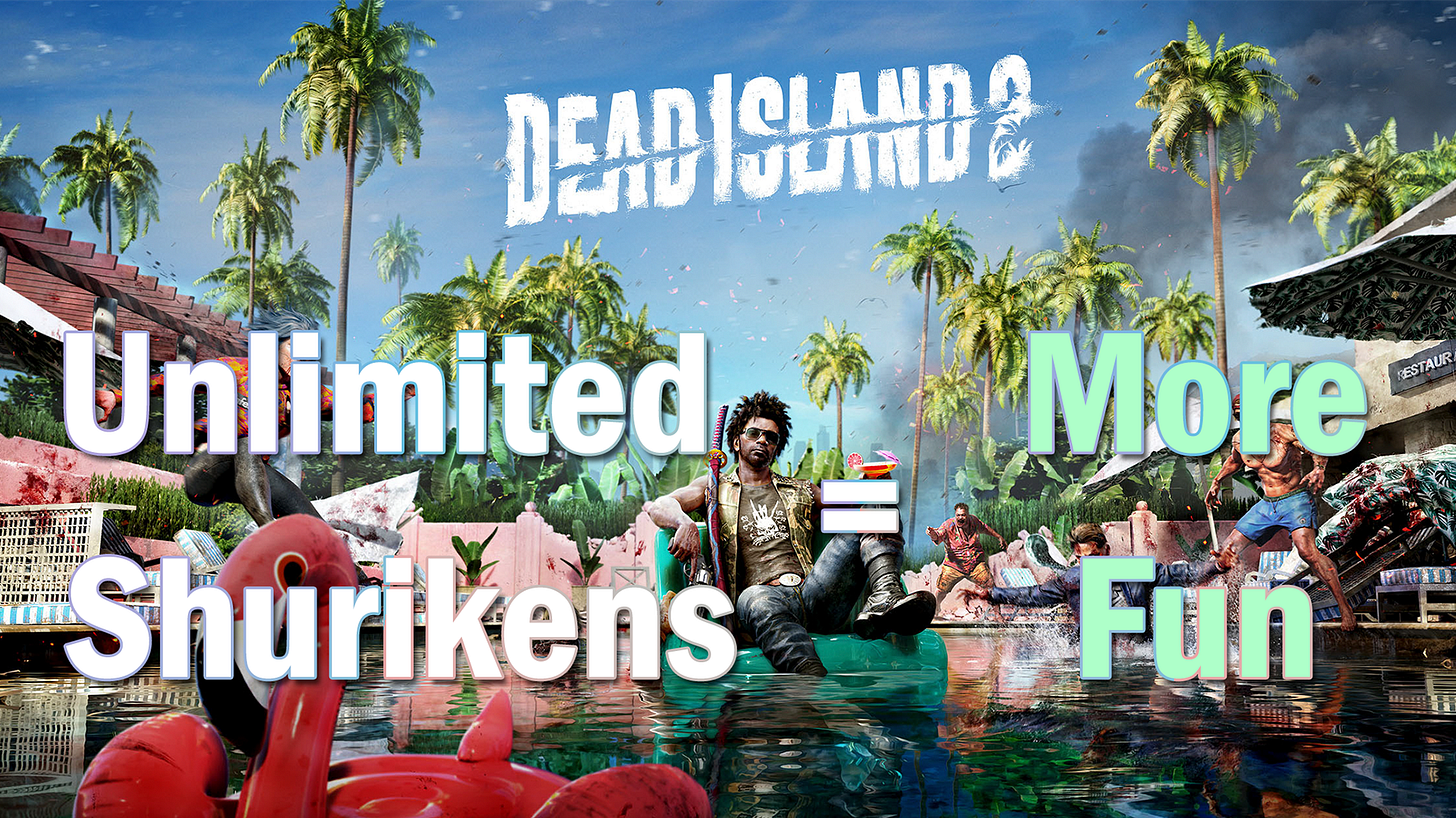Are Cooldowns more Fun than Consumables?
Embracing Infinite Possibilities and Encouraging Creative Gameplay
Introduction
Why must gaming hold on to traditional values of supply and demand?
No really. Its a videogame. A simulated space where anything is possible. Games have often sought to simulate the real world, but at what point is that at the cost of fun?
I would argue that having players deal with using a limited supply of items tied to abilities is less eff…
Keep reading with a 7-day free trial
Subscribe to Bits N' Pixels to keep reading this post and get 7 days of free access to the full post archives.



